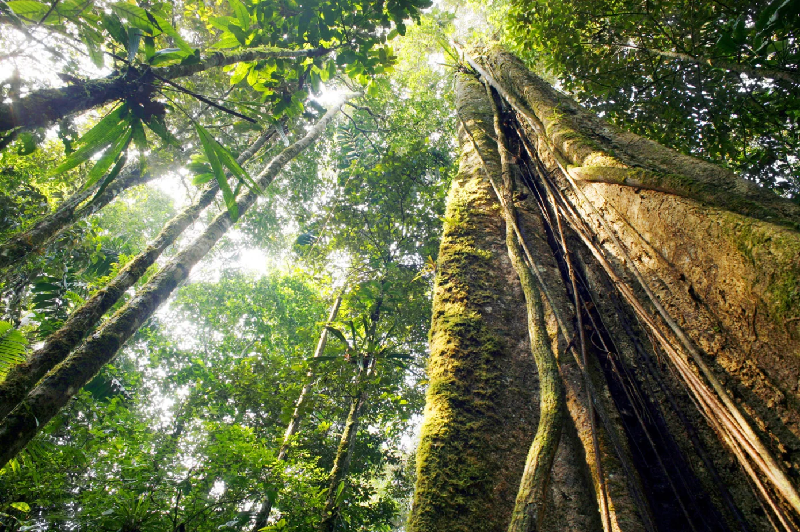In Short : Blue carbon credits work by assigning a monetary value to the carbon sequestered in these coastal ecosystems. Organizations or individuals that want to offset their carbon emissions can purchase these credits to finance projects that protect or restore coastal habitats. The credits are typically calculated based on the amount of carbon dioxide these ecosystems store or sequester over a certain time period.
In Detail : Experts say this form of carbon offsetting could strengthen the fight against climate change, but it must be used responsibly.
You may have heard people say that trees are the lungs of the earth – and they’re not wrong.
Forests play a key role in our fight against the climate crisis, as they’re able to absorb carbon dioxide from the air and release oxygen via photosynthesis.
But whilst our green spaces are precious, have we been overlooking another resource?
Enter: blue carbon.
When we use this term, we’re talking about the carbon captured by coastal and marine ecosystems such as mangroves, salt marshes, and seagrass.
Just like trees on land, these so-called ‘blue forests’ can absorb and store carbon, but they do so at a much faster rate.
Seagrass can capture this element up to 35 times more quickly than tropical rainforests, and even though it covers less than 0.1% of our oceans, the vegetation accounts for 10 to 18% of global marine carbon storage.
The bad news is we’re losing blue carbon systems at an alarming rate.
Up to 67% of mangroves, at least 35% of tidal marshes, and around 29% of seagrass meadows have already disappeared due to a range of factors such as coastal development, fishing, pollution, climate change, and natural disasters.
That said, there is a way to support more conservation projects.
In a similar way to standard carbon offsetting, companies are able to invest in blue carbon ecosystems in exchange for credits, and this transaction theoretically allows them to balance out their greenhouse gas emissions.
The blue carbon market is yet to take off in the EU, but following the expansion of trading in nations like Australia, Indonesia, and Kenya, some experts are predicting a European boom.
A number of commentators nonetheless remain cautious.
They argue that carbon offsetting allows companies to deflect responsibility for reducing harmful emissions onto a third party.
They also say it’s impossible to calculate exactly how much carbon will be stored by aquatic plants over a long-term period, undermining the central premise of the credit system.

